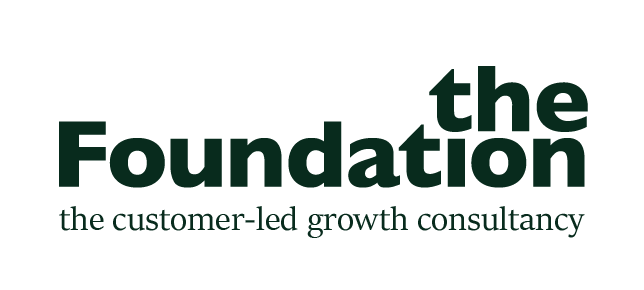Third room lucky
Our Consultant Lara Kottsieper takes us through her three-rooms-in-a-night hotel ordeal, and why it's important to use foresight in solving customer problems
Last week when travelling for work, I booked a hotel to save me having to wake up at a ridiculously early time. Yet I didn’t get the sleep I’d hoped for. In my quest to find somewhere peaceful to lay my head, I was reminded of the importance of organisations really delivering the outcome that customers want.
To set the scene, I was a weary, bleary eyed traveller straight off a train from London. Tapping away at my laptop I realised that the air conditioning in my room made an irritating whining noise. It wouldn’t turn off. Thinking through my options – cover the grill with a towel? Wear headphones to bed? Cover my head with a pillow? – I decided to take serious action and asked reception whether it could be turned off.
The reply? “Oh, we’ve had problems with the air conditioning in that room before. I’ll move you to another one.”
So up came the receptionist, drink tokens and a new key in hand. I had been upgraded to a king size room.
What the receptionist hadn’t warned me about, and didn’t take me long to work out, was that although the room had a silent air conditioning unit, it also had a not so silent party going on downstairs. This time I thought ‘oh well, at least this will end. Better than the interminable air conditioning unit.’ As I clambered into bed at 11pm a band came on. A step too far even in my sleepy state. I phoned reception who told me that the music would be continuing until 1am. And “oh yes, you are directly above the ball room.” I was offered to move rooms again. Except, “would you be alright in an accessible room? That’s all we have left.”
At this point, surely, they realised that all I cared about was a good night’s sleep.
In the end, the third, silent room was all I needed. The three drinks tokens, attempts at upgrades and faff of switching were not. The receptionist had been prompt, helpful, apologetic and listened to my surface level queries. However, they had not fully thought through the underlying problem and whether it might happen again.
This is the standard in customer experience today. “Of course, we’re so sorry, here’s your compensation”, without addressing the real problem. The knock-on effect is that the customer inevitably complains again (and again, and again), resulting in the company spending even more time and effort dealing with the problem than if they had fully addressed it in the first place.
More than that, the customer loses faith in the organisation’s ability to resolve the issue and fully expects the same thing to happen next time. Not that they’ll be a next time for that customer using that organisation.
Rather than simply responding to the direct customer questions, organisations need to focus on understanding the root cause of the issue, and the outcome the customer is really looking for. Put simply, rather than answering the question they’re asked, they need to try and answer the next question, too.
And then we all might be able to enjoy some peace and quiet.



